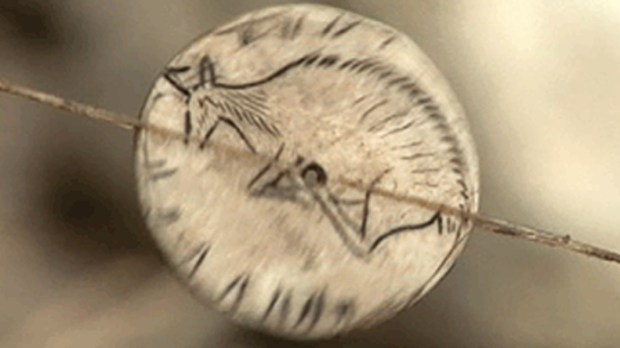Lenten Campaign 2025
This content is free of charge, as are all our articles.
Support us with a donation that is tax-deductible and enable us to continue to reach millions of readers.
As long as there have been children, parents and family members have worked to keep them entertained. Even in ancient times kids were mesmerized by the latest and greatest doodad that stimulated their imaginations, and this was long before the Xbox or even the ball-in-a-cup game. Considering how long children have been around, it comes as a bit of a shock that archaeological sites routinely yield so few examples of such juvenile diversions.
Biblical scholar Kristine Garroway believes the answer to this mystery is quite simple: We have found them, but archaeologists have misidentified these toys as ritual or decorative objects. Garroway, who is currently a visiting scientist at Hebrew Union College–Jewish Institute of Religion, argues that while many of these objects were used in ceremony, some of them are clearly toys meant for children.
For evidence, we look to Israel’s Tel Nagila site, where 48 miniature clay vessels were excavated from inside houses roughly 3,650 to 4,000 years old. Many of these artifacts maintained the fingerprints of children, which must have been left before they were heated to retain their form. These objects are also “child sized,” suggesting they were made by a child’s hands and the same ones tend to be oblong or misshapen, as if molded to form by unskilled novices.
One of the more common examples found are small clay disks with two holes in them. They look a lot like buttons; however, buttons would not need images on both sides. Sciencenews.org explains these toys would need a string to complete them:
After passing a string through both of a disk’s holes and tying the ends together, a youngster could swing the string to wind up the toy and then pull both ends of the string to make the disk spin. Clay disks from six Israeli sites can be separated into those made by skilled artisans and others — featuring rough edges and unevenly spaced holes — made by novices, including children, Garroway proposes. If those items were toys, sloppy execution may have partly resulted from children’s impatience to play with the final product, she suspects.
Archaeologists think this spinning disc might be a children’s toy! It’s at least 14,000 years old. When you spin it, the two sides make it look like the deer is running. Delightful! #archaeologypic.twitter.com/Mby4b1lvBc
— Maiya Pina-Dacier🏺🌻 (@muckymaiya) February 9, 2018
While Garroway sites several examples of ancient toys that have been confused with ornaments, there is no telling how many other such finds have been filed away with decorations and religious artifacts.

